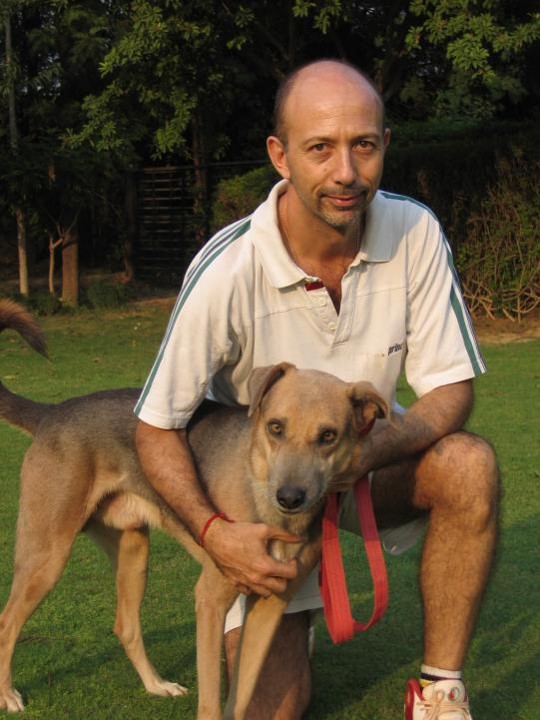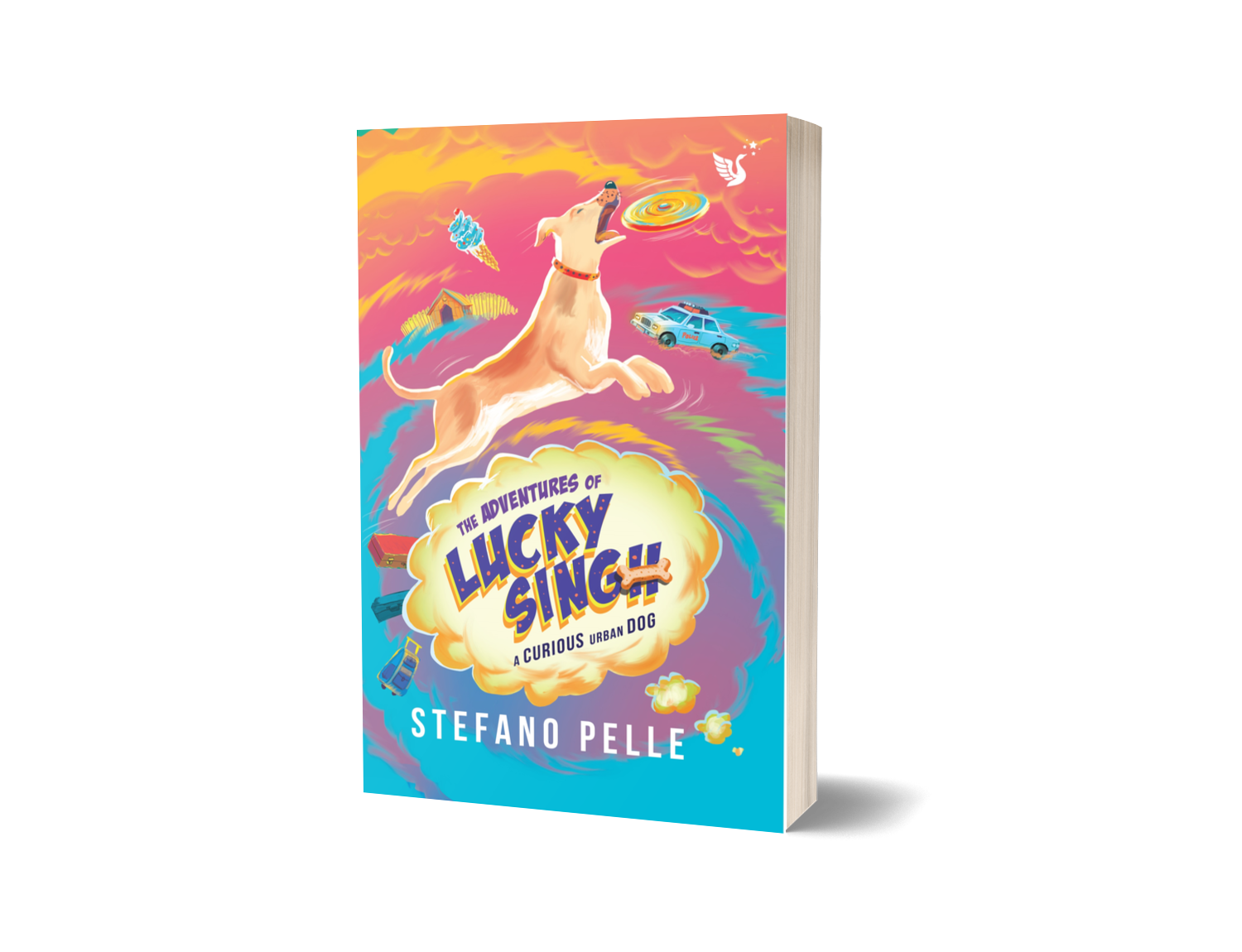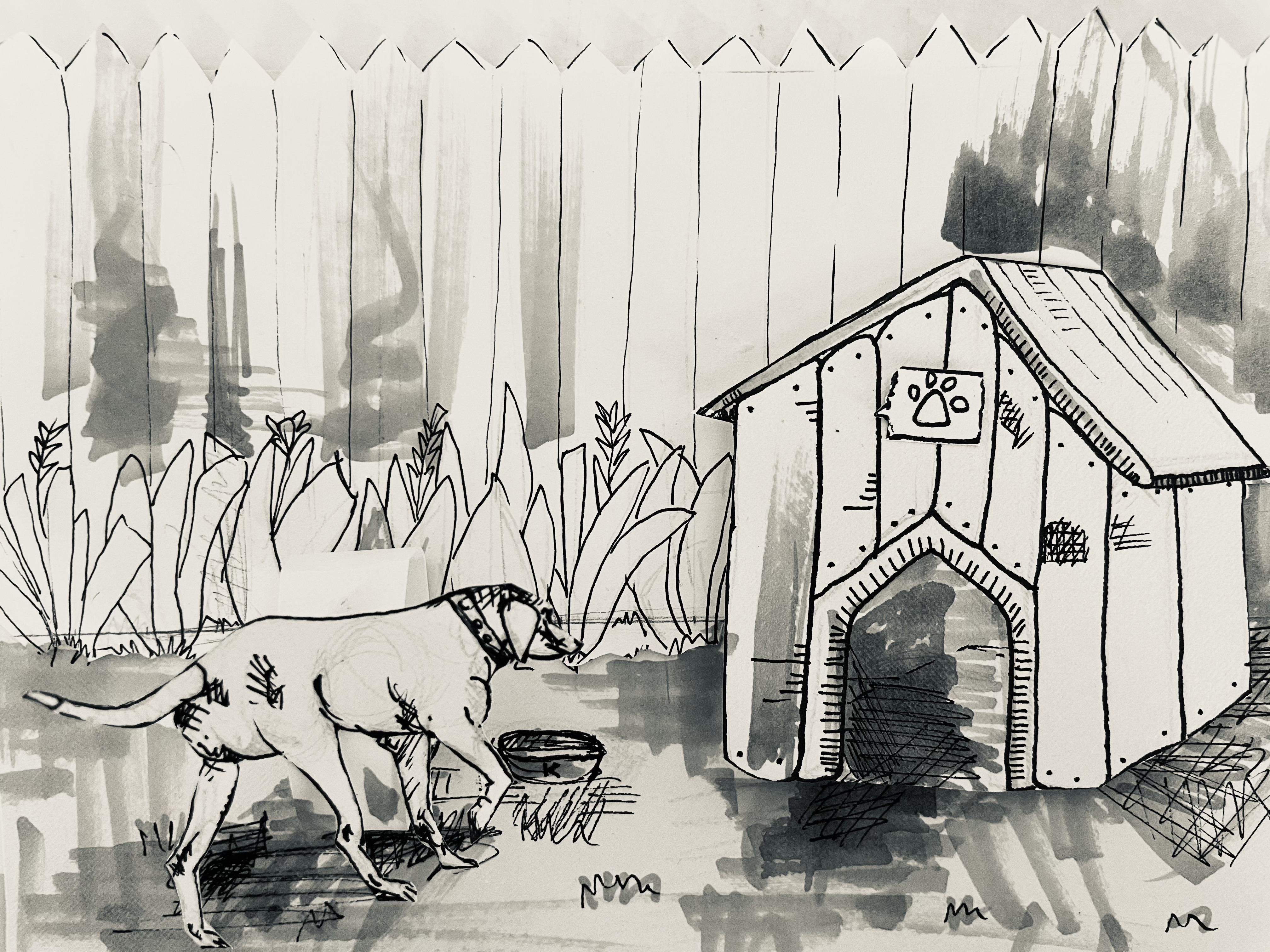 Stefano has spent most of his career in large corporations, heading their subsidiaries in various emerging markets. After his master’s degree in Economics, he worked in various multinational companies in Italy, while earning his second master’s degree in Political Sciences. His work took him to Asia towards the end of the last millennium. However, throughout his successful career in the corporate word, he has never abandoned his passion for reading and writing. He started writing during his primary school years, inspired by the tales of Jules Verne. He published his first articles in economic journals soon after his college years. His first book, Understanding Emerging Markets, was published in India (2007), followed by When Not In Rome Don’t Do As Romans Do (2013), a collection of chapters about his expatriate years. In 2017 he ventured into fiction with his novel Things Happen, portraying young and ambitious characters living and working in his native (Italy) and adoptive (India) countries. Today Stefano has his own consulting practice and devotes much of his time to teaching, writing, and being with his family.
Stefano has spent most of his career in large corporations, heading their subsidiaries in various emerging markets. After his master’s degree in Economics, he worked in various multinational companies in Italy, while earning his second master’s degree in Political Sciences. His work took him to Asia towards the end of the last millennium. However, throughout his successful career in the corporate word, he has never abandoned his passion for reading and writing. He started writing during his primary school years, inspired by the tales of Jules Verne. He published his first articles in economic journals soon after his college years. His first book, Understanding Emerging Markets, was published in India (2007), followed by When Not In Rome Don’t Do As Romans Do (2013), a collection of chapters about his expatriate years. In 2017 he ventured into fiction with his novel Things Happen, portraying young and ambitious characters living and working in his native (Italy) and adoptive (India) countries. Today Stefano has his own consulting practice and devotes much of his time to teaching, writing, and being with his family.
His latest release is The Adventures of Lucky Singh.
Lucky Kumar Singh is a little dog rescued by a benevolent man who lives in a sprawling bungalow. Curious with an indomitable adventurous spirit, Lucky ventures out of home to explore the neighbourhood and beyond. In doing so, he befriends other dogs, a fox, and even a wolf! He rescues a runaway zebra, fights burglars, and is soon trained and inducted into the canine squad. His days are always enjoyable. but incomplete. He misses his canine family. Will he ever meet them again? The Adventures of Lucky Singh will take you on a ‘pawsome’ ride of thrill and adventure and make you fall in love with dogs all over again.
On the eve of the release of his latest book, Readomania caught up with Stefano on his writing and more.
Readomania: How and when did you get the idea of writing this book?
Stefano: I like exploring and learning. My previous books were about business and about my experiences. The book before this was a novel, my first fiction work, but it was for adults and in Italian. I wanted to try something different and, when I started writing, my two children, who were bang in target at that time, gave me the challenge of venturing into something that would be appealing to them. And thus came the idea of The Adventures of Lucky Singh.
Readomania: Lucky Singh was your own dog. So are all his adventures based on real incidents?
Stefano: I believe that in every book, the author tends to get inspiration from some real facts. Also in Lucky Singh, there are episodes that did happen among those I describe; however, most of the adventures told are work of imagination.

Readomania: This is your first book for children. How is writing for children different from other forms of writing?
Stefano: I find it more fun: kids do not have the kind of mental barriers created by logic and rational thinking that adults have, therefore one can be more creative and impose fewer limits on his or her creativity. Episodes that may seem non-realistic or exaggerated to adults would be absolutely all right for kids. However I would like to highlight the fact that this book makes a pleasant reading for adults too (believe me!).
Readomania: Yes we do believe you on that. But coming back to children, what do you think are the most important elements of a good children’s book?
Stefano: The content has to be entertaining since kids’ attention span is much shorter than adults. Language should be simple; stories linear, though some twists add excitement. Animals are often a good topic for kids, since they are more similar to them in their not fully rational way of behaving. A pinch of naughty acting does not harm.
Readomania: The illustrations in the book are wonderful. How did you decide which scene to convert into an illustration?
Stefano: They are the work of a very talented young lady, who was one of the first persons to read and appreciate the book. We sat together a few times discussing the various chapters and she sent me some proposals for each of them, which were subsequently fine-tuned together. I believe that the feminine touch, both in the choice of the scenes as well as in the illustrations, is clearly visible.

Readomania: Let us understand a bit about how you write. Do you have a specific way of writing books? What is your method in writing?
Stefano: What I usually do is jotting down a framework, draft the sequence of the chapters and then start writing them, not necessarily in the order established initially. Once I write a chapter I do not read it again right away but I let it settle down and I review it only after some time. However, in this case there was no planning and I did not have a clear outline when I started writing. Ideas for the different adventures came very naturally, at times inspired by some chat with my kids. And I think that for the kind of book that this is, that was the right way.
Readomania: Are there any writing quirks that you follow?
Stefano: Not really. I find the early morning time a good moment to write. And there are some particular places that help me writing, like for instance the study room of my house in Goa, from where I see trees flowers and birds.
Readomania: What challenges did you face while writing this book?
Stefano: I would not like to appear a show-off, but I did not face major challenges while writing Lucky Singh. As I said previously, the stories flowed very naturally, the keys on my laptop were touched without effort (like when I play on my piano keyboard!) and the chapters came alive one after the other. I must say that I had some very useful tips by wise people who had read the manuscript and helped me make the narration more ‘lively’. Maybe the revision of the book was a bit of a challenge, since it took more time than the time I took to write the manuscript
Readomania: You have spent a lot of time in India now. What are three of your favourite things about India?
Stefano: The country (should I say the ‘(sub)continent’ makes you be always on your toes. I recall that one of the first times that one of my brothers came to visit me, he compared India to a video game, where you cannot be distracted for a second without risking that something unexpected happens. I must say that when he mentioned this we were driving in the New Delhi traffic! Apart from the adventurous side, India is fantastic for its diversity, its cultural heritage, and the fact that, eventually, nothing is impossible here (though everything is rather difficult!!).
Readomania: As we end this interview, tell us who are your favourite authors? What books did you grow up with?
Stefano: As many other authors do I read a lot, as many as fifty books in a year on average. My first inspiration for writing were the adventures of Captain Nemo, by Julius Verne. During my kids’ years I read the usual teens books (such as the Hardy Boys or others), but at the same time, I also liked reading about history and in particular the middle age period. Today I read any kind of genre. My favorite authors are Dominique Lapierre (who wrote many books on India, including ‘The city of joy’) for his historical novels; Daniel Pennac, a French teacher turned fiction writer, with his fantastic and at times surrealistic novels; John Grisham, for his legal thrillers; Malcolm Gladwell for his compelling factual stories; Yuval Noah Harari for his multi-discipline wisdom about our past and future and Jeffrey Archer, the absolute master of short stories. And many more…
Readomania: Thank you Stefano, for this wonderful interview. We look forward to a lot more stories from your pen.
You can buy his latest book, The Adventures of Lucky Singh from Readomania


Comments